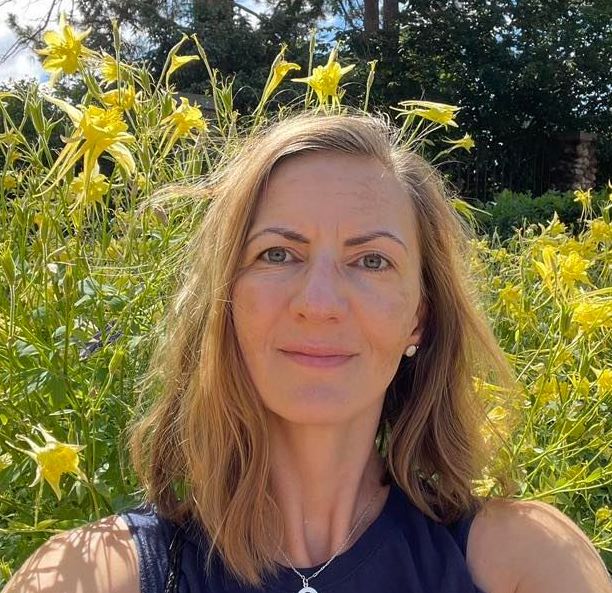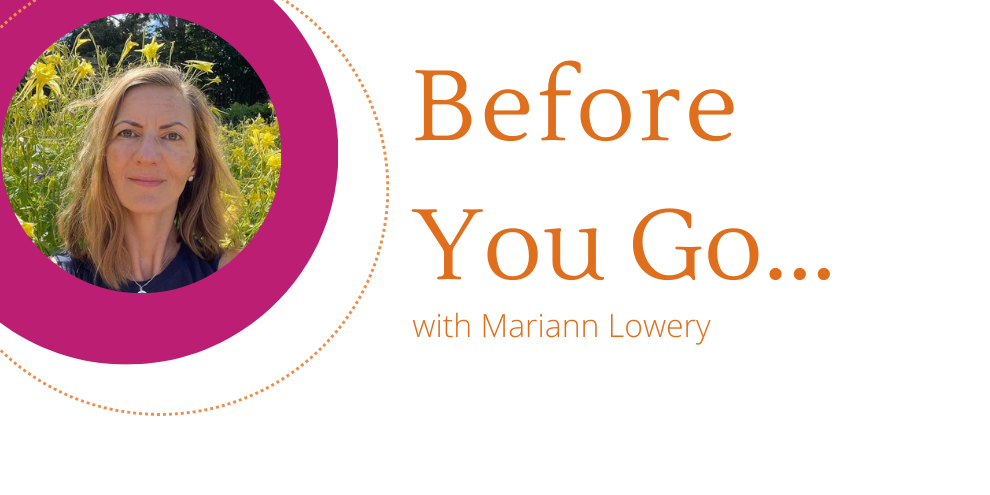Q&A with a corporate researcher
Mariann Lowery
Product Research Lead, Stack Overflow for Teams
What led you to a career in marketing research?
 My journey into research was anything but traditional or planned. I graduated from college with an education degree and taught German in Hungary for a few years. Then, after meeting an American who is now my husband, I moved to the United States. I couldn’t find a full-time language teaching opportunity, so I had to pivot. I used my language skills to translate and do administrative work for a German mining company before I landed an education assistant role with a non-profit. After a few years of helping plan educational events and organize programs for the company’s assemblies and societies, I moved to the survey department where I published and designed survey reports. This is where I was exposed to the world of surveys and data. I switched departments again and applied my questionnaire design, organizational and planning skills in membership marketing. I started conducting focus groups and phone interviews, reporting back on the findings – in addition to designing membership surveys.
My journey into research was anything but traditional or planned. I graduated from college with an education degree and taught German in Hungary for a few years. Then, after meeting an American who is now my husband, I moved to the United States. I couldn’t find a full-time language teaching opportunity, so I had to pivot. I used my language skills to translate and do administrative work for a German mining company before I landed an education assistant role with a non-profit. After a few years of helping plan educational events and organize programs for the company’s assemblies and societies, I moved to the survey department where I published and designed survey reports. This is where I was exposed to the world of surveys and data. I switched departments again and applied my questionnaire design, organizational and planning skills in membership marketing. I started conducting focus groups and phone interviews, reporting back on the findings – in addition to designing membership surveys.
When my husband and I moved back to Hungary, I looked for opportunities in the marketing field. I applied for a creative marketing manager role at a large, multi-national market research firm. After a few rounds of interviews, one of the interviewers told me, “You think like a researcher, talk like a researcher … do you want to be a researcher?” I said yes, and this is how I landed a qualitative researcher role.
I’m still very thankful for this employer and the group of researchers who mentored me, showed me the ropes, critiqued my first reports and helped me grow. I found my passion in qualitative research.
After seven years in Hungary, we moved back to the U.S. I worked as a research project manager for an online agile market research firm, then went back to the association I had worked for before and built their research team from the ground up. In addition to member research, I started working on product research which eventually led me into the tech world.
Last year I joined Stack Overflow. I enjoy being part of a larger, mature team where we learn from each other every day. In addition to our day-to-day work and projects, all researchers are members of our research guild where we share knowledge, processes and work toward bettering product research across the company.
Do you have any tips for researchers looking to create a research road map for their organization?
Our product research team didn’t always have a research road map but as we evolved and grew, we quickly realized that we needed a process and a plan to stay focused and think more holistically, beyond the project level. We were also looking for a way to communicate our process and priorities to our stakeholders, including product managers, designers, engineers and leadership.
The first step to creating a research road map – a plan that defines your research goals and strategy, with a timeline for the projects to be conducted to reach your goals – is understanding stakeholder needs. All research conducted should support the product development process, so it’s important to align your research road map with the product road map and strategy. Then work with the product team to identify the most important research goals for the year, focusing on user problems to be solved.
Prioritization workshops have been extremely helpful and effective for our team. A good workshop framework ensures that everyone participates and contributes. You should also look at existing data and artifacts to guide your planning and prioritization process. You may already have user personas or user journeys mapped out, along with findings and data from previous research. Review feature request reports, product usage data, backlog and input from the broader team to identify gaps in our understanding. All this information will help you identify the key research goals and directions.
After goals are identified, you can start thinking about what studies need to be conducted to answer the questions. You may conduct both tactical and strategic studies to achieve your goals. Your research projects should support your research goals. Once you identify the studies, you can think about timing and prioritization, and create a timeline – a visual to communicate the research plan to your stakeholders.
Creating a research road map is a team effort. Always include other researchers and the broader product team in the road-mapping process. Keep in mind that product priorities and road maps may change throughout the year – and you may need to be flexible. Ensure that your road map is always up-to-date and easily accessible by all stakeholders. When changes happen, always communicate. Even with all the possible tactical changes, it’s important to remember that your research goals always support the product strategy, therefore they should not change.
Often researchers complain about last-minute research requests. Without a road map and goals clearly defined, it’s hard to reject requests. But when your strategy and priorities are documented and agreed upon, it’s much easier to plan and push back on unplanned initiatives.
Describe one of your most rewarding experiences as a researcher so far.
I’m proud of the impact my team has made both on the larger product team and on our product, as a result of evolving, maturing, becoming better with our road mapping, planning and prioritization processes. The research team is seen as the glue that brings the product pods together through the power of storytelling and helping everyone stay user – vs. feature – focused. While research has always been an integral part of the product development process at Stack Overflow, our team has earned a bigger seat at the table by building strong relationships with all product disciplines, and other departments that are key to our success, including product experience, customer success, sales, marketing and the analytics team. We have work groups centered around specific problems to solve, for example improving new user onboarding, where multiple functions and disciplines combine efforts for efficiency so we don’t work in silos. In these work groups, we apply some of the road mapping best practices. When you have clear goals and priorities, you can easily identify the missing pieces and work together with other stakeholders to improve.
On top of all the strategic planning work, we have also made our research documentation and all research communication more transparent, visible and accessible to all stakeholders. Our stakeholders feel more educated about the product research process, and it helps them have a more holistic view of our users and their needs.
If you’re an end-client researcher and interested in participating in a Q&A with Quirk’s, please e-mail me at emilyk@quirks.com.
